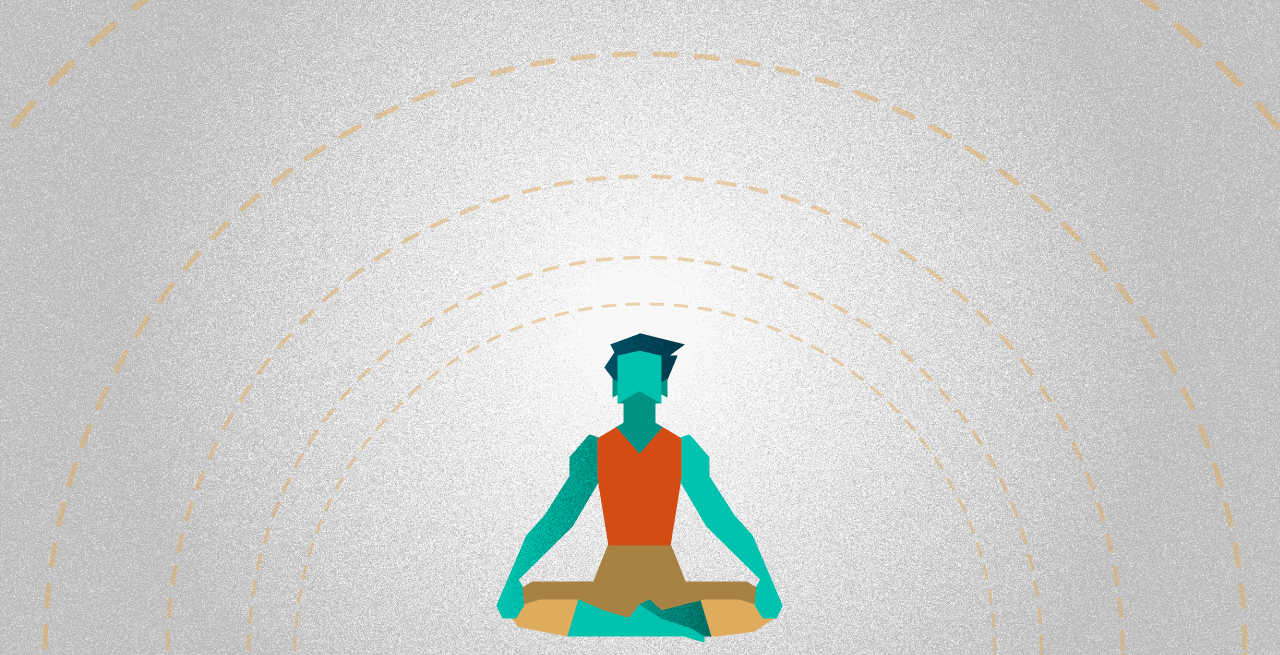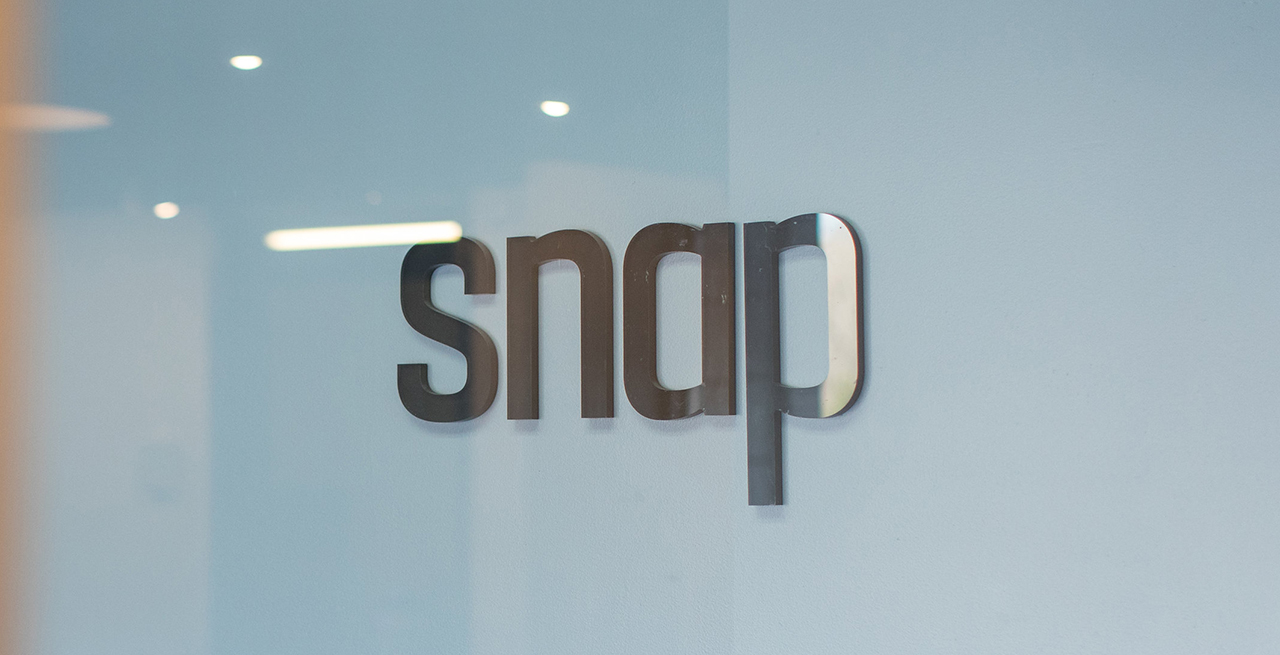Videos, cool graphics, and engaging pop-ups are all the rage in the web design sphere right now, and for good reason. With 380 new websites launched every minute, standing out from the proverbial crowd is no easy task. Given the currently oversaturated market, many brands and marketers face the difficult job of adding valuable content to the digital world without contributing to the existing noise.
A recent Google study found that “visually complex” websites are actually considered less beautiful overall than those utilizing a more straightforward design. Here at Snap, we think it’s time to take things back to basics, in the form of simple, attractive sites that create an effective user experience. Could transitioning to a more minimalistic website design be beneficial for your brand?
What Is Minimalist Web Design?
Minimalism is a post-World War II art movement dedicated to simple forms. The style has since made its way into fashion, literature, and web design. While white space is essential to cultivating a minimalistic feel, there’s much more to consider when building a simple site or webpage. Web design is so key to the user experience that users gauge websites as attractive or not in an instance, even as quickly as 1/50th to 1/20th of a second.
We already know simpler designs are more popular among users. So, how does one go about designing a website to offer a basic yet comprehensive user experience?
Simplicity Is Style

Powerful web design isn’t always flashy. Some of the most effective modern web designs use logical organization, fluidity, and an understated user experience to increase industry authority and build trust with consumer bases. Think about it this way: if you’re a homeowner looking to update your kitchen to a clean, modern style, you’d probably hire a contractor or decorator who specializes in that aesthetic. In the same way, your website style should be a reflection of your expertise and provide insight to modern consumers about your business or brand.
Minimalistic sites favor non-intrusive page layouts and alignment, clean lines, simple, stylistic fonts, and similar colors. In addition to being on-trend in 2019, minimalistic web design provides a refreshing change from past trends like overused animated GIFs, flashy splash pages, and hit counters. However, there’s much more to creating a simple website than graphics and consumer-facing content. A clean website design should inform every aspect of your site. From the strategy behind your landing pages and conversion funnel to your site’s content and navigation, nailing a minimalistic design requires intentionality, focus, and precision.
4 Crucial Aspects of a Clean Design Concept
Although a simple website design can come in many variations, there are a few key commonalities you should stick to if you want to create a strong site.
Clear Conversion Funnels
When a potential customer starts down the conversion funnel, your goal is to encourage that consumer to take the “next step.” Whether they’re turning a prospect into a lead, a lead into a client, or a one-time customer into a repeat buyer, logical funnels can make or break any business. As a marketer or business owner, can you clearly articulate your conversion funnel? If not, simplifying your desired customer journey is an ideal starting point for any brand considering a transition towards a cleaner design.
Minimal Page design
Consider these examples of minimalistic web design. Although the websites are built to showcase various projects, products, and ideas, they follow a similar design pattern: bold lettering, distinctive fonts, smart usage of white space, and sharp images. The intent behind every single site is to cut through the noise of meaningless, flashy elements and let the products speak for themselves. Does your existing website highlight the best of what your brand can offer?
Cognitive Fluency

A fancy way to say that the human brain likes thinking about things that are easy to think about, cognitive fluency relies heavily on consumer habit and instinct. People want to visit sites that are familiar to them, just like foodies tend to return to their favorite restaurants more often than others. Applying cognitive fluency to your web design process is a game of reasoning, more than just practical navigation. When creating a landing page or writing content, ask yourself, “Would I want to read this or explore my site further?” If the answer is no, your consumers probably won’t, either.
Valuable Long-Form Content
It’s logical to think that less content equals more space, which is that sought-after minimalism, right? In reality, strong, simple web design means using what quality content you do post more effectively to boost your SEO and ROI. Long-form content may seem at odds with the minimalist design concept. However, when presented cleanly and within reason, there’s no need to sacrifice search rankings and blog content for the sake of aesthetics.
Do Less, Get More With Snap

Are you convinced that your website is ready for a much-needed refresh? Contact Snap today. Our talented web designers are prepared to partner with you in modernizing your website. Sometimes, doing less and letting simplicity take over really can yield a higher return. We can’t wait to help you take your site to the next level.
